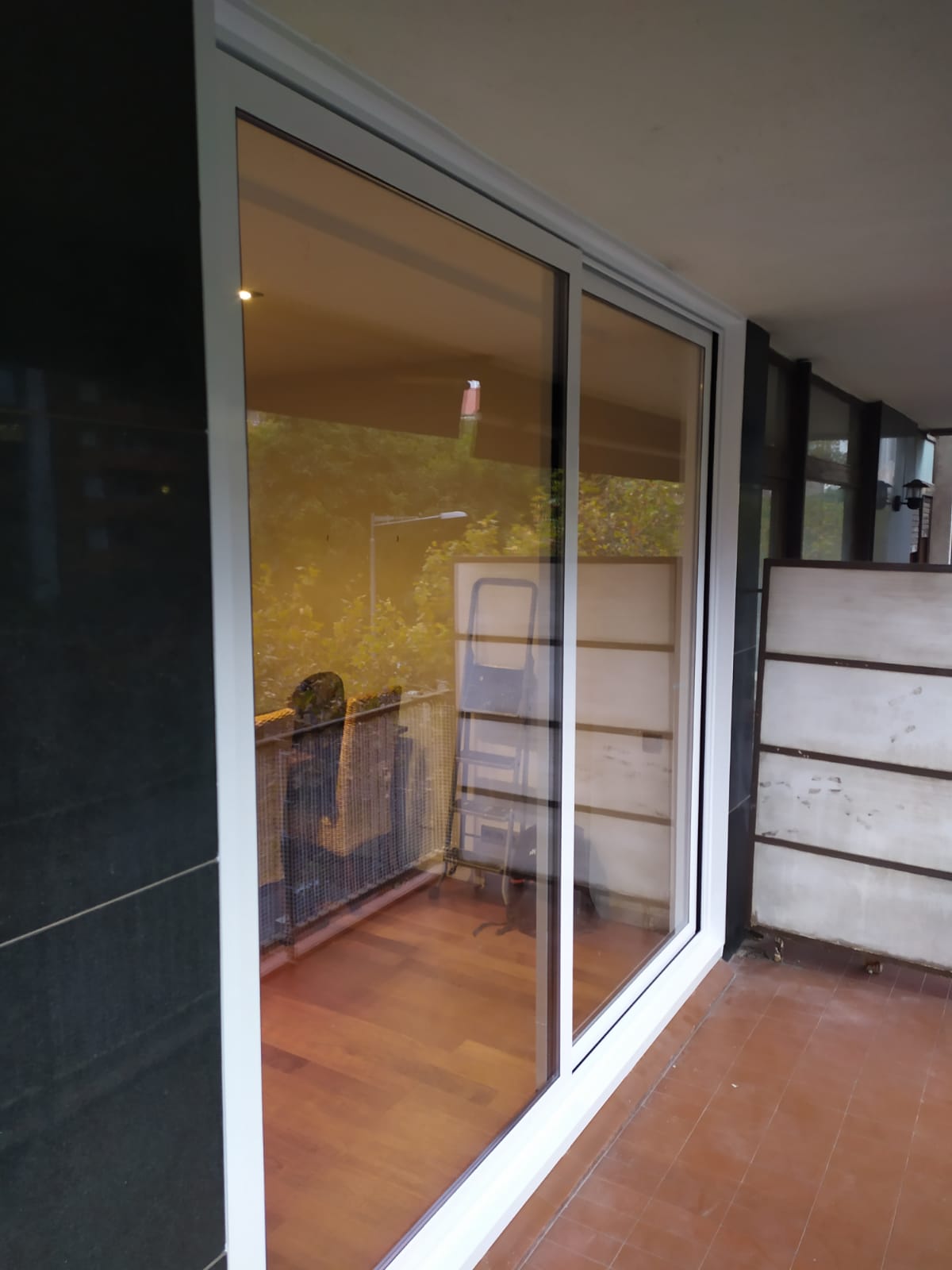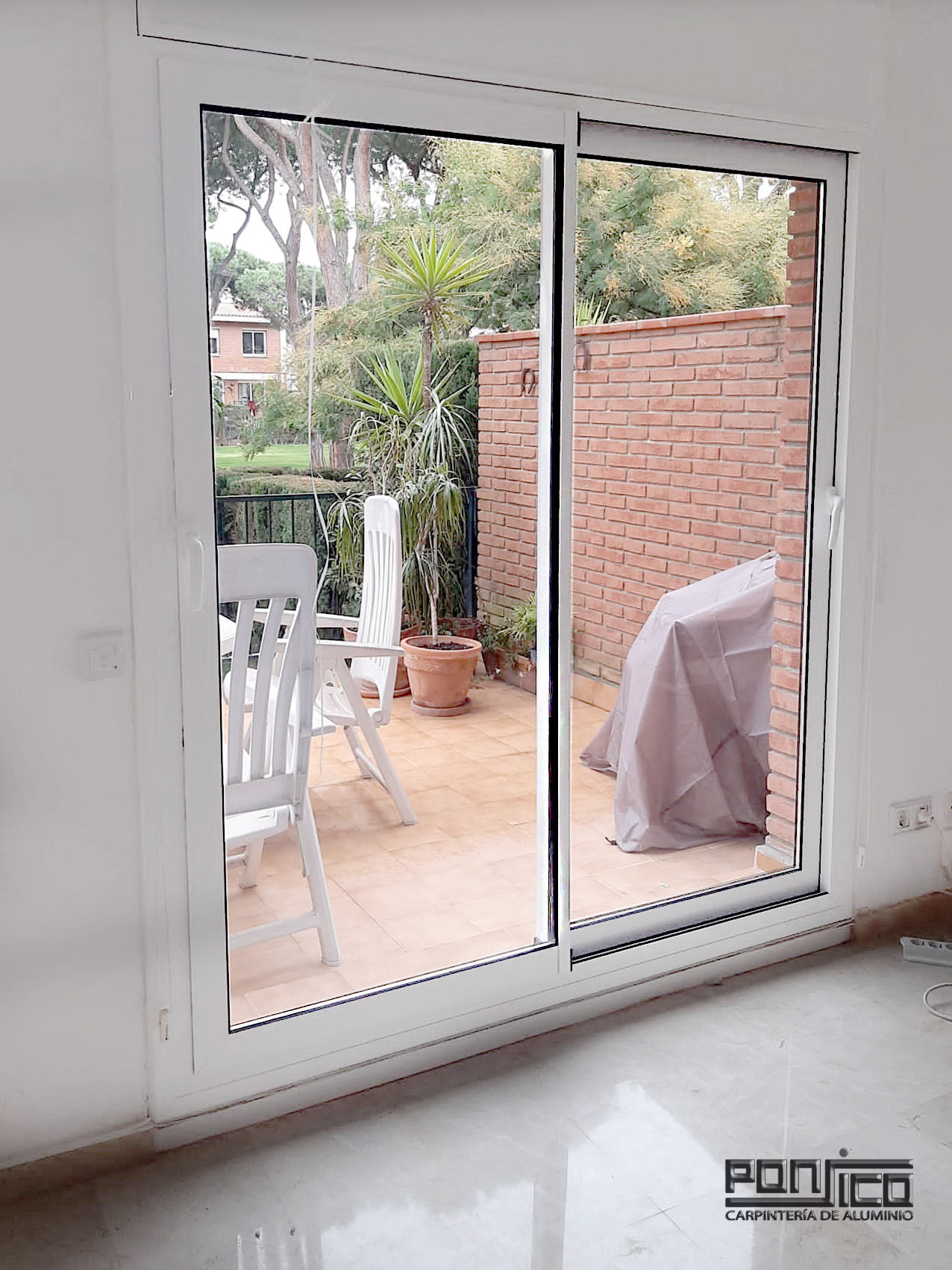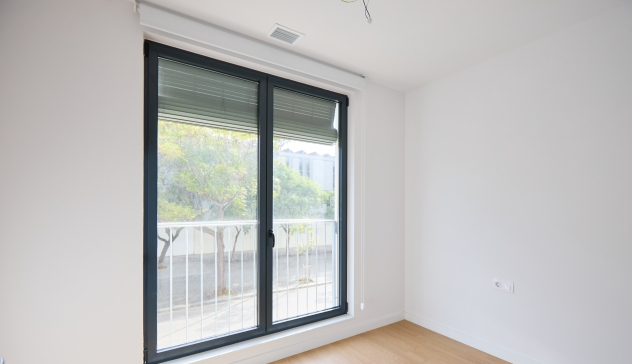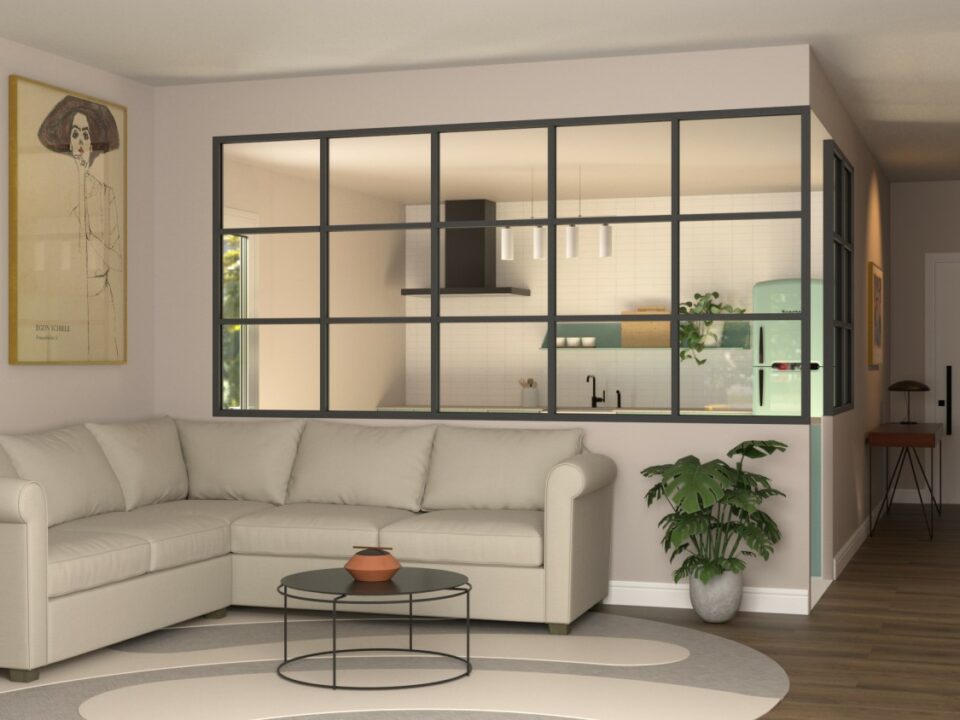
Two-leaf balcony
26 March, 2021
Sliding balcony with motorised microventilation
6 April, 2021Achieving maximum efficiency in a heating system depends not only on the type of equipment you choose, but also on how you use it.
This means following a number of guidelines and being smart to avoid wasting energy:
- Choose the best mode and temperature for each moment.
- Pay attention to the leakage points in most homes.
First of all, insulating those heat leakage points will be a good preventive measure to save unnecessary costs on your electricity bill.
Where does the heat go? Insulate your home.
In almost 100% of homes, with the exception of new builds, all homes have heat dissipation points. Why? Because the building materials are not of the best quality or are not properly insulated.
These are the main places in the home, and the loss of heat and energy is of great concern to us. Find out which ones are being treated in your property and learn how to insulate it properly.
In almost all cases, no matter how small the roof, there will be energy loss. This is especially true of pitched roofs and lofts, because in this case the roof is directly connected to the outside. To insulate your house, you should use special paint or use materials for internal insulation: mineral wool, reflective insulation, synthetic foams.
Joints. These are where the floor meets the wall or door frame. In this case, it is sufficient to spread a little caulk.
If your house has a problem here with heat dissipation through the floor, in addition to the traditional solution of laying carpets, you can also use the cement floor to insulate the house from the interior, and place a polyethylene sheet between the insulating material and the mortar (for waterproofing). In underfloor heating, polyethylene sheets should also be placed between the insulation layer and the pipes of the heating system.
Experts say that having a double-glazed window system can reduce heat loss by 50%. However, you can also use insulated panels to improve climate control.
Wall or partition. The two most common methods for separating walls and partitions in homes, bedrooms, dining rooms, living rooms and other spaces are to use rock wool or fibreglass, or to use environmentally friendly insulation materials such as cork, flax or cellulose.
The best way to properly insulate the house from exterior walls is to inject insulation into the walls or to apply an exterior insulation system (SATE).

10 tips for maximum comfort at home
We often don’t realise it, but in everyday chores, saving money is the key and, in some cases, we will provide insulation protection for the house. So don’t miss these ten tips to improve the comfort of your home.
When buying heating equipment or systems, consider the following factors:
- Climate of your city
- What the address of your home is
- Your size
- Insulation class
- How many people live in it
- The hours of the day we spend in it
Don’t believe the quotes you see on the market, choose a heating system that can guarantee good performance and significant energy savings, as well as technical services and the highest quality assurance.
You now know how to insulate your house to improve the efficiency of your heating system. It is important to note that, in most cases, insulating a house is a complex task. Therefore, do not risk doing things you do not know how to do.
Among the different models on the market, it is recommended to choose the model with thermostat and digital readout. A single change will considerably increase energy consumption.
When switching on the heating system, do not set the thermostat to a higher temperature than desired, as you will not be able to heat the room faster and will consume unnecessary energy.
When installing a heating system, you should seek professional advice on the integration of the system, as this also has a significant impact on energy savings and efficiency.
The best option is to use an intelligent heating system, which guarantees energy savings and gives you the greatest degree of freedom, so you don’t need to know when to turn it on, when to turn it off.
This seems obvious, but it has happened to us many times. Not realising whether we keep the door or the window open is synonymous with a great loss of heat in the home.
Do not overheat, in winter, it is recommended to keep the heating temperature between 19 to 21 degrees.
Carry out the maintenance recommended by the manufacturers of heating equipment and systems. If necessary, replace parts regularly to keep them in perfect condition.





